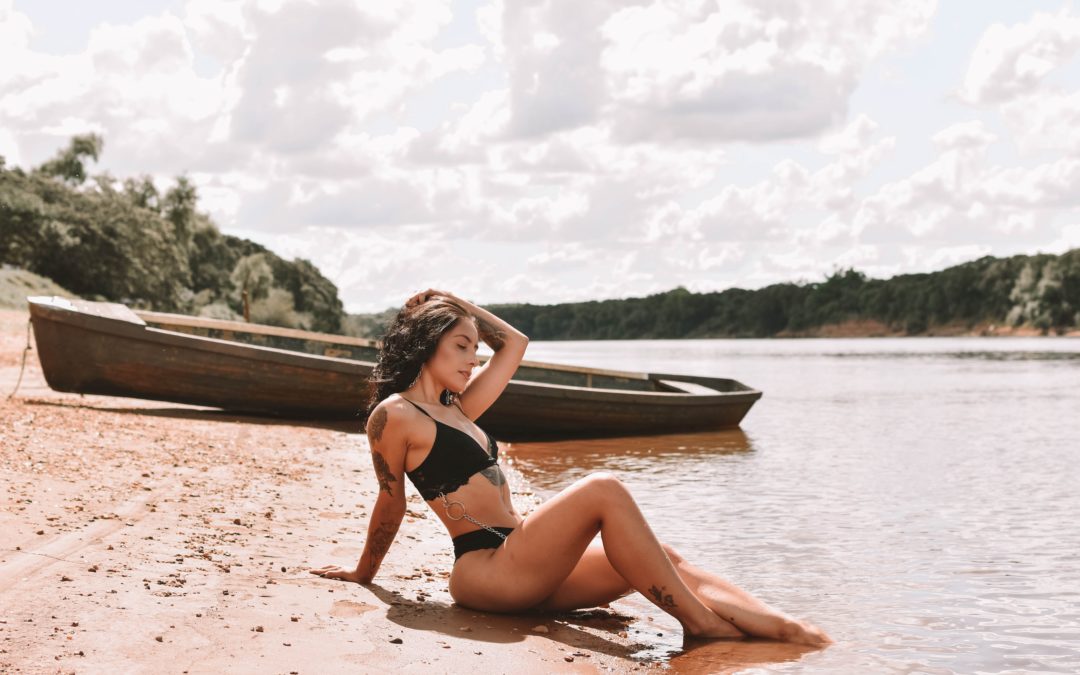Spider veins and varicose veins appear twisted and swollen, usually on the legs. The two types of veins have much in common, but the main difference is that varicose veins are bigger, more twisted, and bulge outward. What are spider veins, and what causes spider veins? They are typically smaller and more superficial.
Are spider veins serious? Usually, neither type of vein causes pain, and they also usually do not lead to complications, although they can put you at risk for open sores or blood clots. They can also cause serious discomfort.
However, these veins don’t need to be treated unless a person feels self-conscious about them. Thankfully, many excellent treatments to remove them are available at Madison Medispa.
What Causes Spider Veins?
Also called thread veins, these veins look like spider webs. They can usually be seen under the skin but don’t usually protrude as larger varicose veins do. Spider veins are very common and affect women more often than men.
Within veins are tiny valves that help carry the blood to different parts of the body and then back to your heart. Problems in these valves can cause blood to flow abnormally, resulting in spider and varicose veins.
Normally, the valves have the job of one-way flaps, but sometimes, those valves stop closing correctly. This can lead to blood backing up in the vein, which builds pressure and expands the veins.
According to the American Academy of Dermatology, the causes of spider veins are conditions that can cause these valves to malfunction, including:
- Pregnancy
- Obesity
- Standing for long periods of time
- Injuries and/or trauma to the area
- Genetics
- Fluctuating hormone levels
- Aging
- Sunlight
Improving your circulation can help you prevent new spider veins, which can be done by getting up and walking around every 30 minutes, elevating your legs, wearing compression stockings, and soaking in hot baths. However, these tips cannot eliminate existing ones.
Some women are more at risk for developing spider veins (and varicose veins, for that matter). According to the U.S. Department of Health and Human Services, these women can include:
- Those with a family or personal history of spider veins
- Women who sit or stand for long periods of time
- Women who are pregnant or are overweight
- Those who are older
- Those who use menopausal hormone therapy
- Women who use hormonal birth control
- Those who have a condition like blood clots that have damaged the valves
While many different things can cause damage to valves, women in the above groups have an elevated risk of damage happening.
Symptoms of Spider Veins
Most women don’t have any symptoms associated with varicose veins or spider veins. However, those who do have symptoms report that their legs often feel achy, tired, or heavy. Oftentimes, symptoms are worse following periods of sitting or standing for a long time. These symptoms can also include:
- Itching in the area
- Swelling
- “Burning” feelings in the area
- Cramping or throbbing
When hormone levels change, such as during menopause or even with monthly menstrual cycles, some women notice a change in the symptoms associated with spider veins as well.
How to Treat Spider Veins
Spider veins treatments are highly effective and are also non- or minimally invasive. While treating very large or complex varicose veins can require surgery, the smaller spider veins typically do not.
Sclerotherapy: Spider Veins Treatment
The American Academy of Dermatology states that the single most common treatment for veins on the legs is a procedure called sclerotherapy. This treatment is exceptionally effective and safe, and it’s used to treat spider veins and small varicose veins. However, it’s not usually an ideal treatment for larger or very problematic varicose veins.
This treatment causes the walls of veins to stick together, which stops the blood from flowing through them. This actually improves circulation in the treated leg as a whole and also reduces swelling. This is because instead of blood flowing to spider veins and getting “stuck,” it finds another vein to flow through unobstructed.
During a sclerotherapy treatment, we inject a chemical into the vein to irritate its walls and eventually cause it to close. We may massage the area and recommend compression stockings be worn.
After observation for a short time, you can go home. Our patients are usually able to return to their work and most of their activities the day following their treatment.
No anesthesia is needed, and we perform treatments during a relatively short office visit, usually in just 30-60 minutes. Over the next few months, treated veins collapse into a small cord that slowly dissolves.
Other Leg Vein Treatments We Offer
Using a surface laser and broadband light, we can treat the very small purple veins and tiny red blood vessels that are too small to treat with sclerotherapy. This method can also treat rosacea.
With these treatments, light energy heats the blood in the veins being treated, which causes damage to the vein wall. This damage eventually causes the vein to collapse and dissolve over a few weeks.
The surface laser and broadband light methods are most effective for tiny low-pressure facial veins, more so than for leg veins. These procedures typically also take 30-60 minutes.
Spider Veins Treatment in Waunakee, WI
If you have spider veins, whether they cause you discomfort or you’re just troubled by the way they look, reach out to us to schedule a consultation. At Madison Medispa, we understand how important effective treatment for varicose veins and spider veins is, so book your consultation today.

